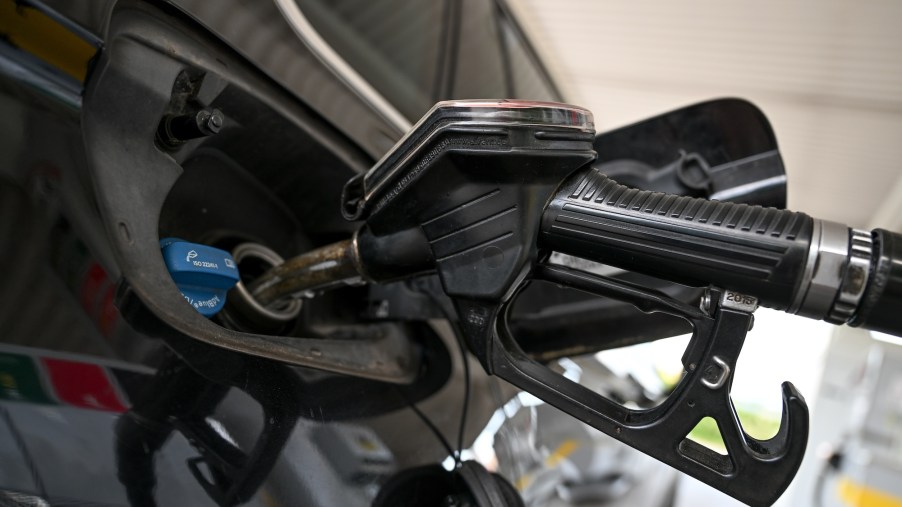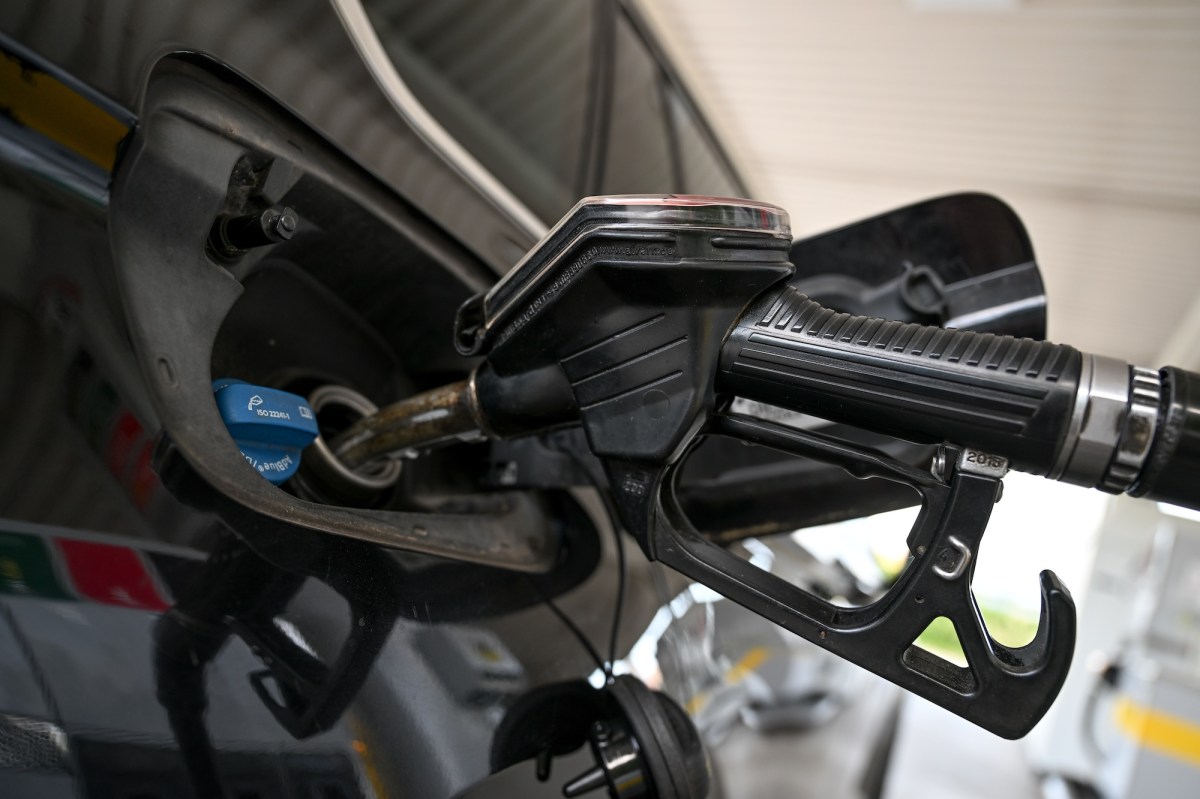
Why Are Gas Prices Higher in Some States Than Others?
Despite the slew of hardships Americans have faced over recent years, this year’s soaring gas prices certainly rank as some of the worst. Paying more at the pump hits everyone’s wallet and fuel economy efforts as people begin focusing more on gas mileage. With gas prices well over $5 per gallon in much of the country, you might wonder what’s driving the hike. More specifically, why do some states have much higher gas prices than others? Sure, there’s the general cost-of-living argument. But we found out there’s so much more to it than that.
Why some states charge more at the pump

If you have to fill up the tank in California, you’ll pay far more than you would if you were filling up in rural Illinois. But why is that? The Washington Post weighed in on the variance in fuel costs and suggested a few reasons contributing to the difference in per-gallon rates by state. For starters, the global supply and demand contribute, putting everyone on the same page with general increases associated with those fluctuations. However, prices for crude oil worldwide are only the beginning.
The first price flux will come into play with the refining process. Most U.S. refineries are in Texas and along the gulf in Louisiana, except for a few outliers. Once the fuel is ready for use, extensive shipping costs are associated with transport to various parts of the country, California included.
Those areas with substantial pipeline infrastructures, like the east coast, will experience reduced rates for supply. Getting through the Rocky Mountains out west with a pipeline is impossible, meaning those regions can expect to pay more for fuel transport.
Fuel stations have operating costs of their own, playing a role in local gas prices. Environmental policies play additional roles in determining how gas is refined, shipped, stored, and managed. And regulations like those in California are significant factors in what consumers pay for gas.
What are the average gas prices nationwide?
Taxes for gas will vary by state, adding to the difference in price at the pump. More recent data collected by the Federation of Tax Administrators suggest some of the highest gas taxes on the west coast. Californians are paying almost 57 cents per gallon. Taxes in Washington and Oregon are 38 cents per gallon. Alaska boasts the lowest gas tax at about nine cents.
Adding in all these factors contributes to California averaging $5 per gallon long before the national average reached that price in early June. GasBuddy lists the overall average range from $4.16 to $6.19. Chicago’s average is currently pushing $6 per gallon, with slightly cheaper rates in less populated areas of the state. In more rural parts of the Midwest and the Southeast are lagging but are expected to catch up to the national averages in the coming months.
Other contributing factors to the high gas prices in 2022
Of all the factors contributing to the soaring gas prices, Kiplinger says demand is the primary cause of hikes. Add in the federal restrictions cramping oil companies from setting up drills, the environmental movement, economic inflation, post-Covid politics, and the Russia-Ukraine war, and you have conditions ripe for high gas prices. But when will things even out, and when can consumers expect relief at the pump?
Unfortunately, experts and economists can’t say how long it will last. Because each of those contributing factors isn’t expected to let up soon, Americans should brace for $5 gas prices for a while longer. Some are hopeful there might be a few cents per gallon relief after the summer season, which is usually more popular for travel and pressuring demand.
Regardless of what you’re paying in your state, expect the average prices to average out to $5 per gallon. And since no one can predict how long these pump pains will last, you might consider going electric sooner than later.


